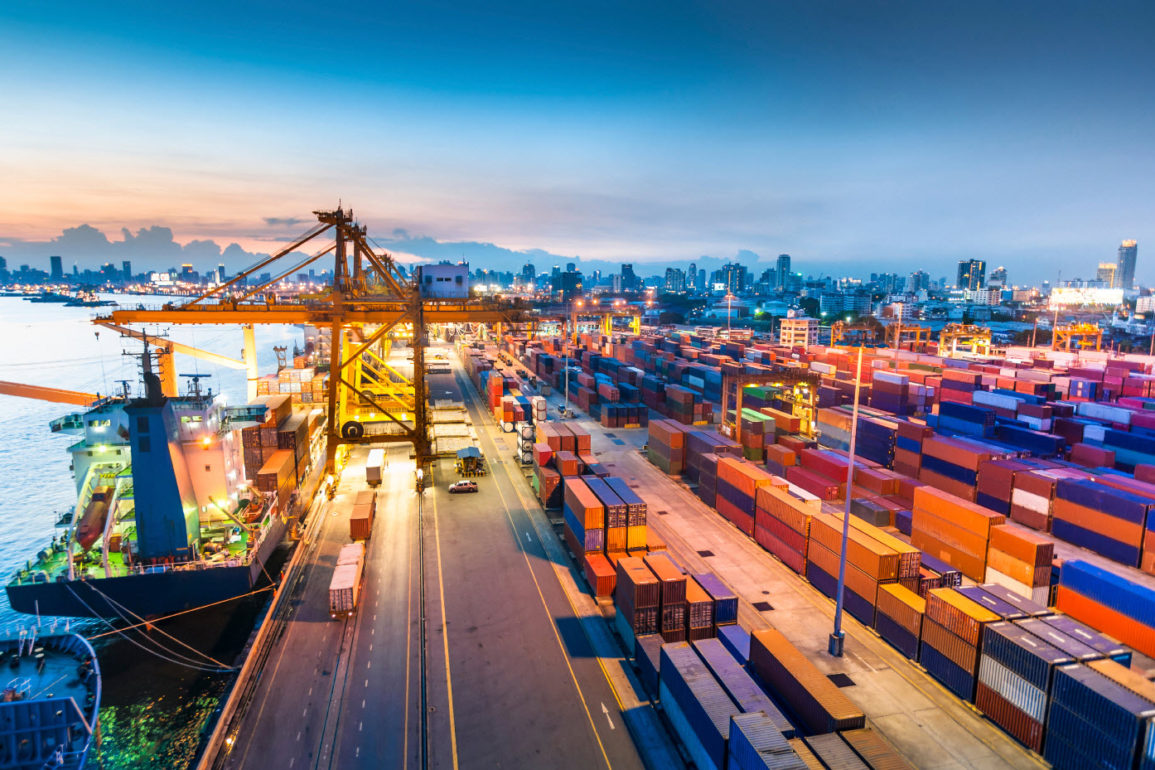The retail industry is no stranger to creative partnerships and collaboration. Just this week we saw Gucci partnering with the Real Real to dip their toes into resale. We’ve seen partnerships we could never dream up like Louis Vuitton collaborating with the video game League of Legends to create virtual clothing. Payments services like Affirm are partnering with Walmart. Snapchat is even working with Ralph Lauren to create Bitmoji clothing!
There are countless strategic partnerships pushing the industry in all sorts of directions, and that doesn’t even count every designer collaboration pushing things on the creative. But where can we see the greatest impact in the shortest amount of time? How can the industry come together to create change at a large scale, now?
A Race to the Top

In the 1990s, the retail supply chain was revolutionized. Globalization meant supply chains could now be distributed around the world. Globalized labor costs meant a lower cost of production and lower prices for consumers. Supplier diversification meant lower risk for brands.
The innovation grew the industry as a whole, but also created a world where brands and suppliers operated in a highly transactional way. Cost and speed were the driving factors.
This way of doing business had an incredible impact. Clothing became more accessible than ever before, while products could now be delivered to parts of the world that were previously unimaginable.
But, as with most things where cost becomes the dominant factor, it became a race to the bottom.
As our industry faces incredible environmental challenges while also seeking to build out incredibly innovative new technologies and products, the future of the supply chain will be a race to the top.
According to a recent McKinsey report:
Sourcing itself is changing. For decades it’s been about moving further away from home and finding areas with large workforces. Now it’s not a race to the bottom, it’s a race to the top—you need the most efficient suppliers, and you need the most mature and developed suppliers
McKinsey, “Fashion’s new must-have: Sustainable sourcing at scale“
The future will be about strategic partnerships and collaborations between brands and their suppliers.
Rather than short-term transactional relationships, suppliers will develop long-term, strategic relationships with brands to help transform our industry. This will be absolutely critical for sustainably transforming the industry. Both upstream as materials are sourced and products are made, to the types of product innovations that are brought to market and their successful commercialization.
The Cost Structure of Innovation
Let’s talk about why building a sustainable and innovative future in fashion requires a new type of partnership between suppliers and brands.
The first thing – experimentation and product innovation is expensive and risky. Bringing new types of products to the market is expensive and risky. The intrinsic cost structure of innovation demands that risks be shared across the supply chain. If the supplier is bearing all the risks of creating new materials, things will never work. If brands take one-off risks on completely untested material innovations, things will also never work.
This is even more important, as one of the most exciting areas in the fashion supply chain is the expansion of exactly who is a supplier. As clothing moves from the same materials used for decades, and in many cases, centuries, to a pipeline of innovative new materials and technologies, brands will need to partner with a wider range of suppliers.
Sustainable chemistry companies, Synthetic biology startups. Deep technology companies.
The fashion supply chain itself is incorporating an entirely new group of companies pushing groundbreaking new technological changes. From spider silk to mushroom leather to every type of recycled material imaginable.
Brands must work directly with suppliers in bringing new innovations to market and build long-term strategic plans to share in the risk and reward and constantly experiment and iterate to help bring sustainable new materials and incredible new products to market.
Transparency in the Supply Chain
Nearly a decade ago, the Rana Plaza disaster showed us how many retailers could not even trace the origins of their own products. This has been dramatically improving and will continue to do so. Consumers are demanding it, and it’s just better business.
Building closer and longer-term relationships create dynamics that make supply chain transparency better for everyone. Brands can demand more of their suppliers and hold them accountable. Manufacturers can invest proactively in environmental sustainability, worker well-being, and fair wages. Suppliers have the space to build things better and demand the same from brands.
The closer and more integrated brands and suppliers become thanks to longer-term partnerships, the greater both parties will be incentivized to fix many of the pressing problems in the supply chain that both consumers are demanding be changed, and will be better for society and the earth.
The coming years will see a massive shift from the 1990s supply chain revolution that created the logical extreme of globalized distribution. Rather than short-term, transactional relationships only driven by cost and speed, suppliers and brands will begin developing long-term, strategic partnerships that allow for the commercialization of sustainable and innovative new products. Adore Me’s new partnership with MAS Holdings around bringing femtech innovations to market represents exactly this type of partnership.




